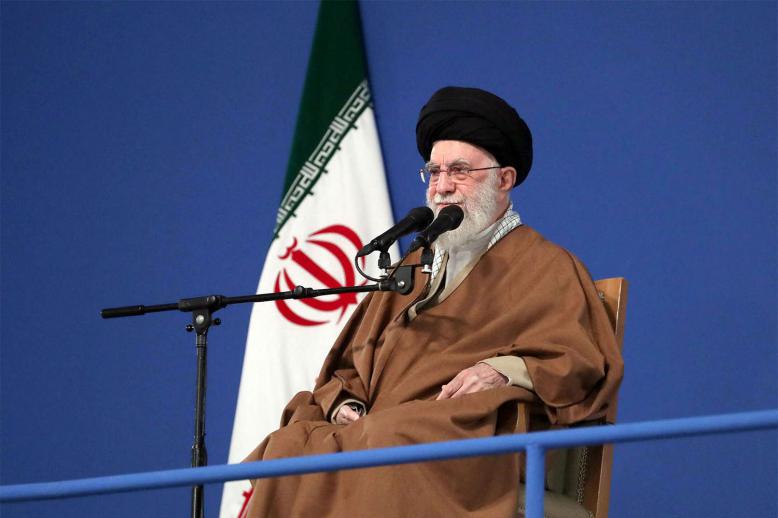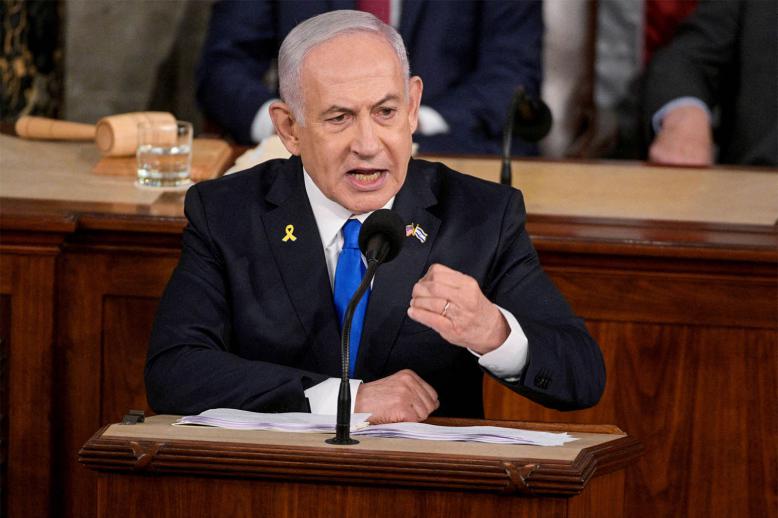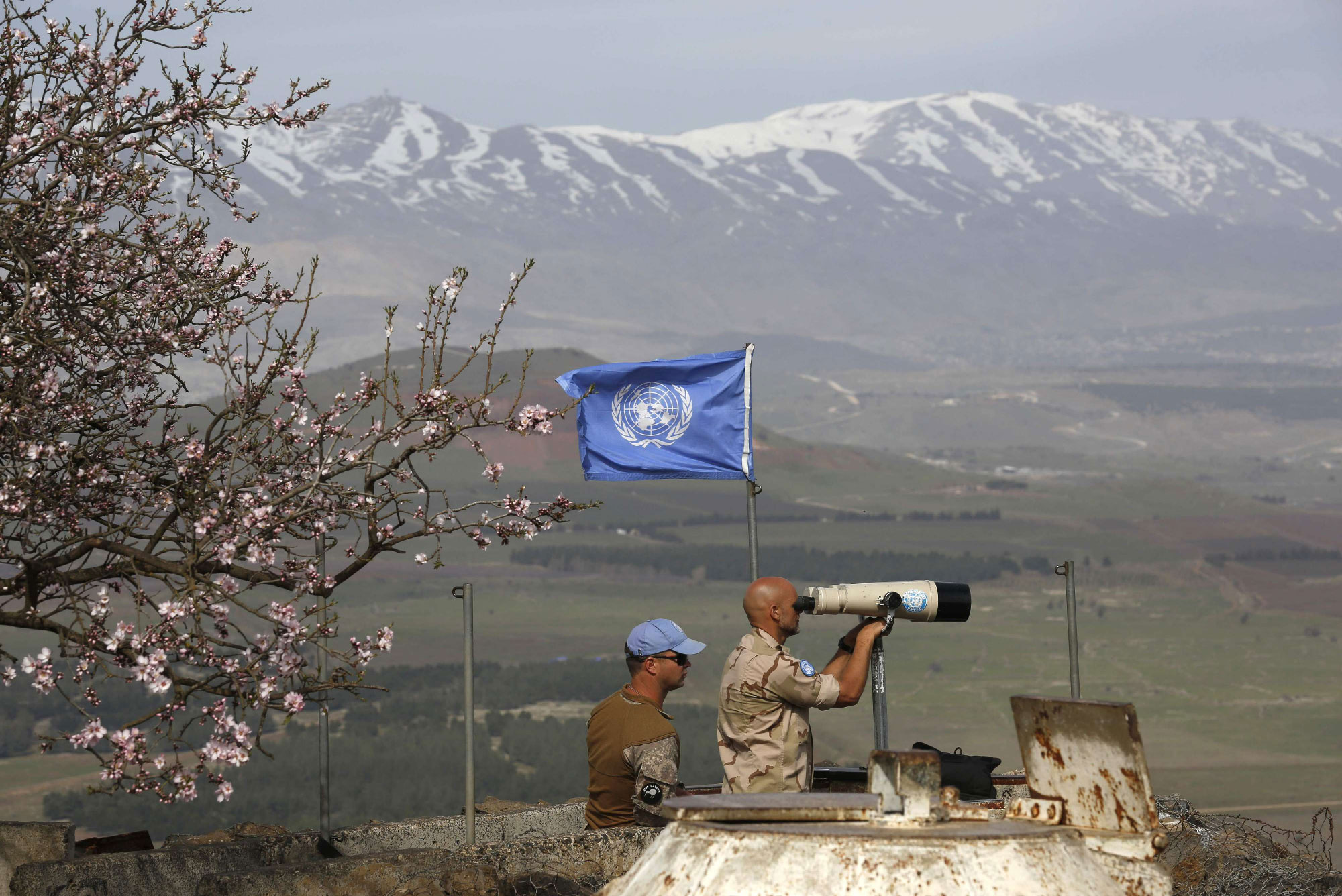Syria’s neighbours steel themselves for the regime’s push south-west
TUNIS - With the Assad regime’s hold on much of Syria looking assured, only the country’s south-west remains free from Damascus’s grasp but that area is apparently the next target for the government.
Syrian state media warned of the power of the forces massing for an offensive into rebel-held territory. Challenges in retaking the area include its proximity to the frontiers with Israel and Jordan, which explains the region’s status as a “de-escalation” zone.
For Israel, a regime offensive also means the advance of its allies Hezbollah and Iran, drawing them close to the Israeli border. For Jordan, disruption along its Syrian border promises additional refugees and further security concerns in a relatively stable region.
Russian negotiators have assured Israel that, if the regime begins an offensive, Iranian and Hezbollah forces will withdraw 60km from the Israeli border, Damascus-sponsored media report. Russia has suggested that it alone should police the strategic Golan Heights, which has been used as a launching point for rocket attacks on Israeli territory.
The motivations for Russia’s diplomatic intervention are relatively straightforward. “My assessment is the Russians are interested in stabilising their achievements in Syria, formidable achievements, and I think they too understand that if the Iranians continue on the present course, this will lead to escalation and will blow their plans out of the water,” Chagai Tzuriel, director-general of Israel’s Ministry of Intelligence, said May 28. “I think they don’t want this either.”
Although any advance by the Assad regime into south-west Syria threatens both Israel and Jordan, it also brings opportunity and division.
“The Israelis are really split into two camps on this,” said Nicholas Heras, a Middle East security fellow at the Centre for a New American Security. “On the one hand, you’ve got those who aren’t especially worried about a buffer zone and they are more inclined to believe that there can be a modus vivendi with Russia in Syria that limits the Iranians.
“If the Russians can’t completely curtail Iranian activity, they are confident that they have got their iron wall that they can conduct air strikes over inside Syria without any kind of response in return.”
However, opposing them are those, Israeli Prime Minister Binyamin Netanyahu among them, less assured by Israel’s technological imperviousness. For them, the Iranians for all intents and purposes control the Syrian regime and there may never be a satisfactory deal with Russia because they don’t trust Moscow to curb the ambitions of the Islamic Revolutionary Guard Corps (IRGC).
For Jordan, subject to mass social unrest and International Monetary Fund-mandated tax increases, the promise of renewing its lucrative border trade is tantalising. Before the conflict, the Nassib crossing netted Jordan an estimated $1.5 billion in trade a year. By 2014 that figure was $400 million. By 2015, the border was closed.
While the United States concentrates on northern Syria, the regime advance looks imminent and assured. With mass leaflet drops over rebel-held areas and a large Syrian government force massing on the enclave’s border, some suggest that it may fall without a shot being fired.
Simon Speakman Cordall is a section editor with The Arab Weekly.
Copyright ©2018 The Arab Weekly.






